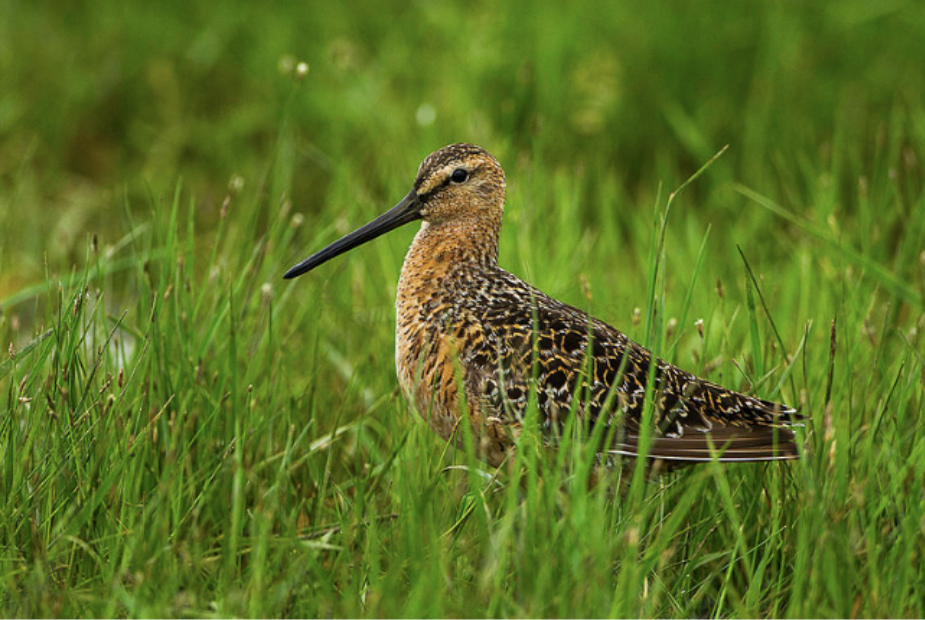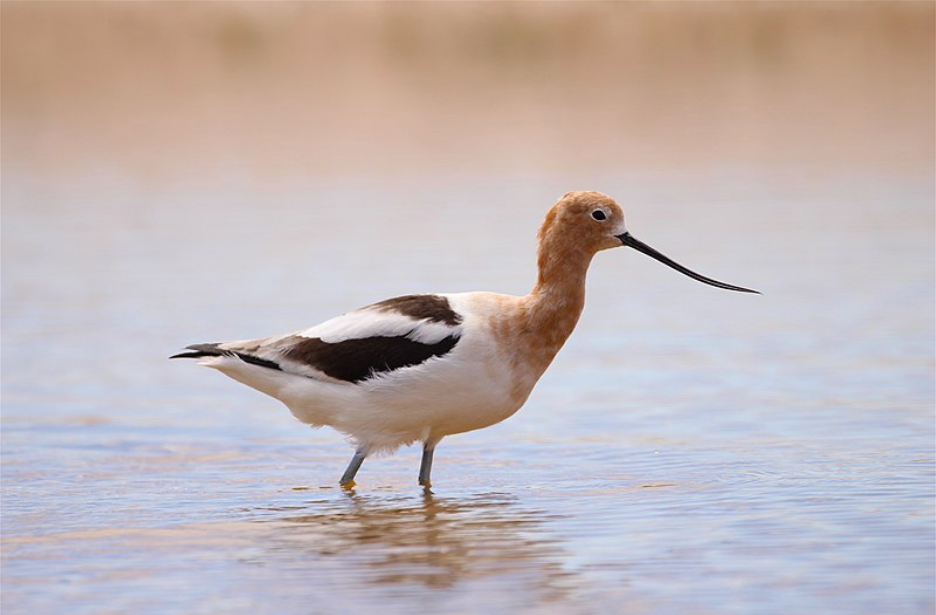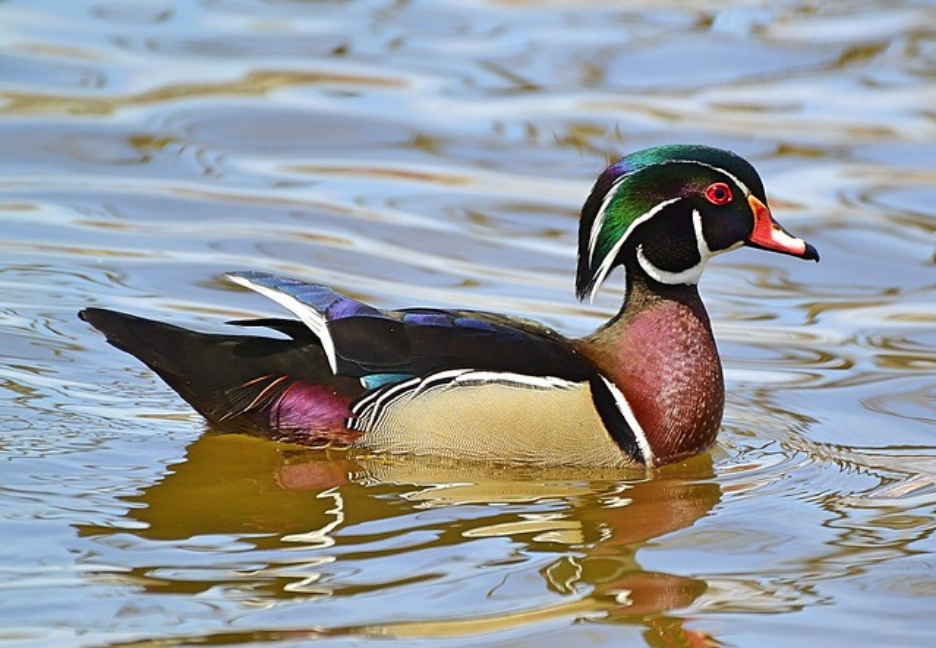
Building wetland habitat in the Grand Valley keeps local birders connected to the Central Flyway.
Cinnamon teals, ospreys, birdwatchers, and hunters are all set to benefit from an inventive habitat improvement project in Grand Junction, CO. The Grand Valley Audubon Society is teaming up with Ducks Unlimited to convert a gravel pit pond to a shallow-water emergent wetland. These wetlands, where grasses and forbs “emerge” above the water surface, are important habitat for migrating shorebirds and waterfowl.
Migrating is hard work. Birds need stopover habitat to rest and food to refuel. Wetlands provide both but are in short supply in the Grand Valley — a massive Colorado River lowland that encompasses Palisade, Grand Junction, and Fruita, Colorado.
That’s a big deal, since the Grand Valley is on the western edge of the Central Flyway. This flyway is a major migration corridor that ushers birds from from South America to Canada in the spring and back again come winter. It’s important to preserve and improve habitat along the route to protect what’s left of North America’s bird populations.
Historically, the Colorado River provided plenty of habitat to support migrating birds like the American avocet and long-billed dowitcher. But droughts, diversions, and flow management shifts slowly reduced these habitats. The Audubon project offsets these losses while providing bird watching opportunities in the heart of Grand Junction. The property is open to the public, adjacent to a popular state park, and features a well-used walking and biking path.

The Science
Recreating emergent wetlands in the Grand Valley will create a healthier, more biodiverse landscape. When mixed among riparian forests, these wetlands create a patchwork of habitat types that fulfill wildlife’s food and shelter needs.
The location of this wetland project is especially beneficial. In 2000, the National Audubon Society declared the project site an “Important Bird Area” in the Grand Valley. According to the Society, it earned this distinction because:
“…nearly 300 bird species have used the lowland riparian vegetation in the Grand Valley over the last 15 years, including nearly 70 breeding species and over 70 wintering species.”
The Colorado Natural Heritage Program’s 2002 survey also identified the site as a conservation priority. Of the 21 priority habitat areas surveyed, it ranked third. These rankings are based on factors like biodiversity and wetland types.

Leveraging Expertise: Ducks Unlimited and RiversEdge West
The Society reached out to Ducks Unlimited to help plan and engineer the project. The resulting plan involves filling a portion of the property’s gravel pit ponds to make them shallower. The next step will be to install infrastructure that controls water levels to coincide with bird migrations.
The Society will fill the shallow pools when the birds fly north in the spring, then let them dry. The grasses and forbs that grow and set seed in the summer months will be an important food source in the fall.
RiversEdge West, a Grand Valley-based nonprofit working to improve riverside habitat in the Western U.S. is also providing support.
Leveraging Funds
Forever Our Rivers Foundation partially funded this collaborative project. It meets the foundation’s goals of creating and protecting critical habitat types and connecting the Grand Valley community to one of its rivers, the mighty Colorado.
Building and maintaining this system will take more work, dedication, and funding. The Grand Valley Audubon Society is wisely leveraging their resources to make it happen.
“Our wetland improvement project is an ambitious undertaking for our small Audubon chapter, but one that strains our resources,” says Meredith Walker, previous Executive Coordinator for the Society and current volunteer. “We leveraged the funding and support we received from the Forever Our Rivers Foundation towards competitive applications for major grants that will help make this project a success.”
The project is also supported by Colorado Parks and Wildlife’s Wetlands for Wildlife Program.
